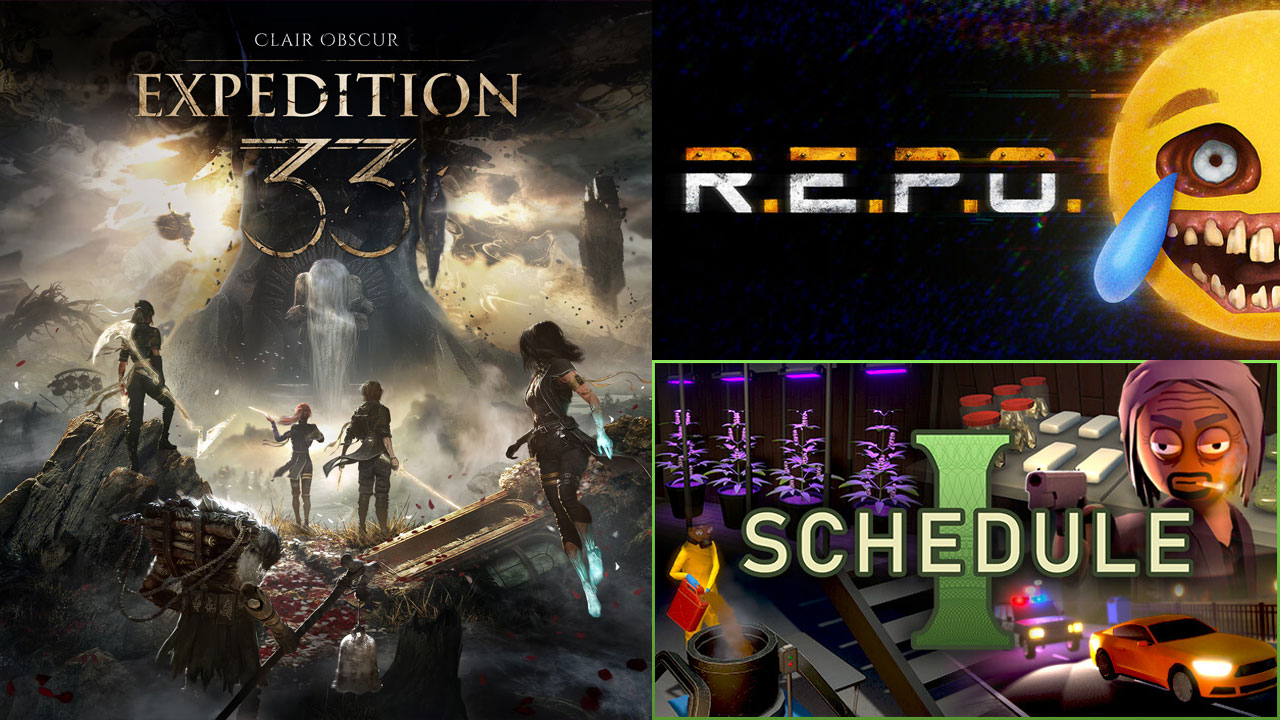Hey There!
If you’re even remotely tapped into the indie gaming scene right now, you’ve likely heard names like R.E.P.O., Clair Obscur: Expedition 33, and Schedule 1. And the best part? These aren’t huge studio projects, but great indie games created by a handful of people.
At Dream Matter Labs, we’re trying to build ONEiRA by learning from those pushing the boundaries in real-time. So today, we’re breaking down what made these games rise above the noise, what lessons indies can learn, and what patterns are emerging…
Let’s break it down!
1. R.E.P.O.
R.E.P.O. is a co-op horror game where you play a debt-ridden worker in a grim, corporate-controlled dystopia. You’re effectively under a contract of reanimation: die on the job, and your body gets repossessed and sent back out to work.
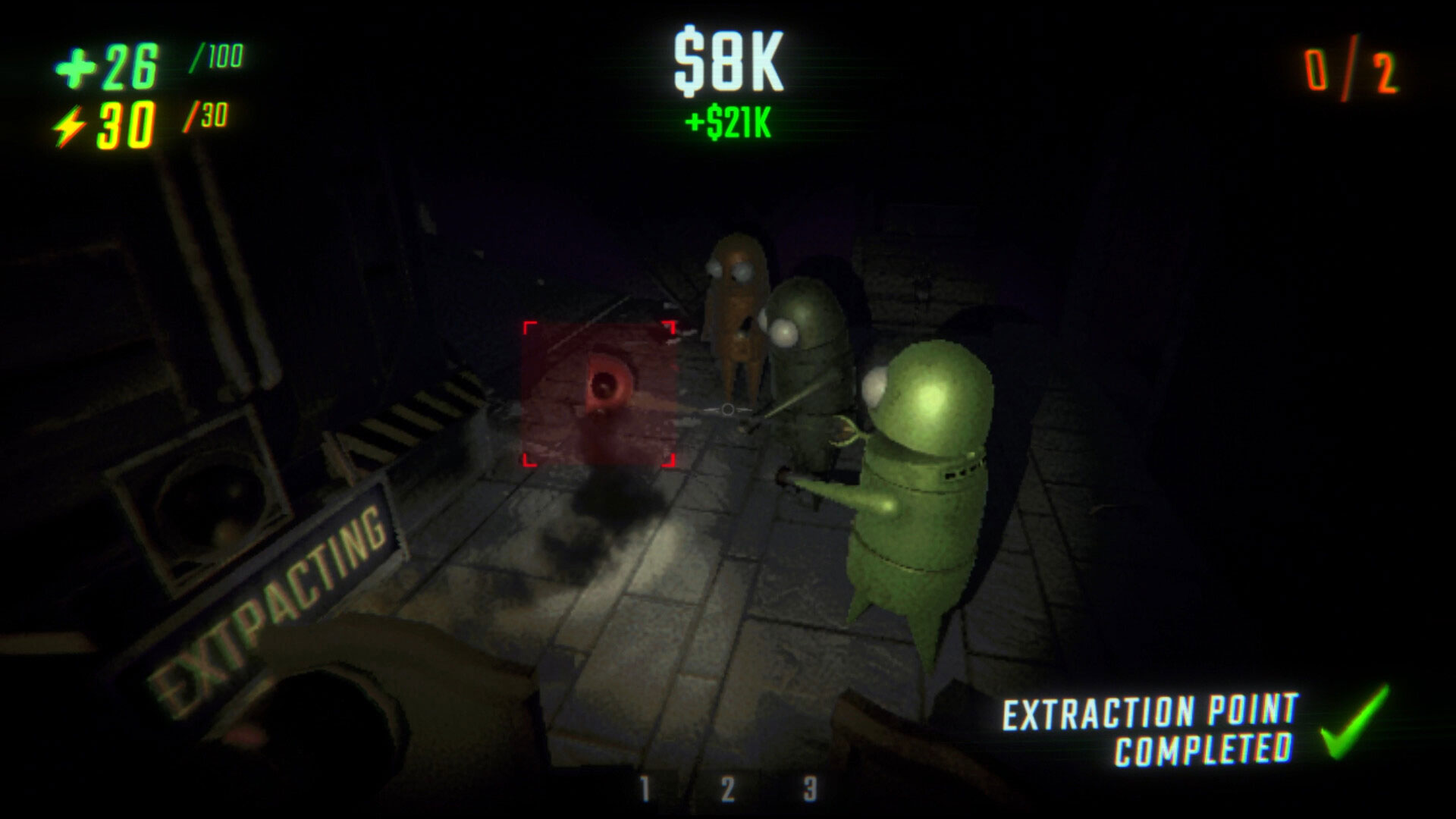
Why it's working:
R.E.P.O. builds upon the previous hype that Lethal Company had ignited amongst indie horror fans (i.e. proven demand). Yet, it differentiates itself by giving players the chance to fight back in an experience that is way more silly than scary.
In my eyes, the reason this approach worked is because semiwork was very overt and consistent with communicating this USP. After all, R.E.P.O. is just a silly game and this is even reflected in the character design, youtube channel, and psychotic steam banner.
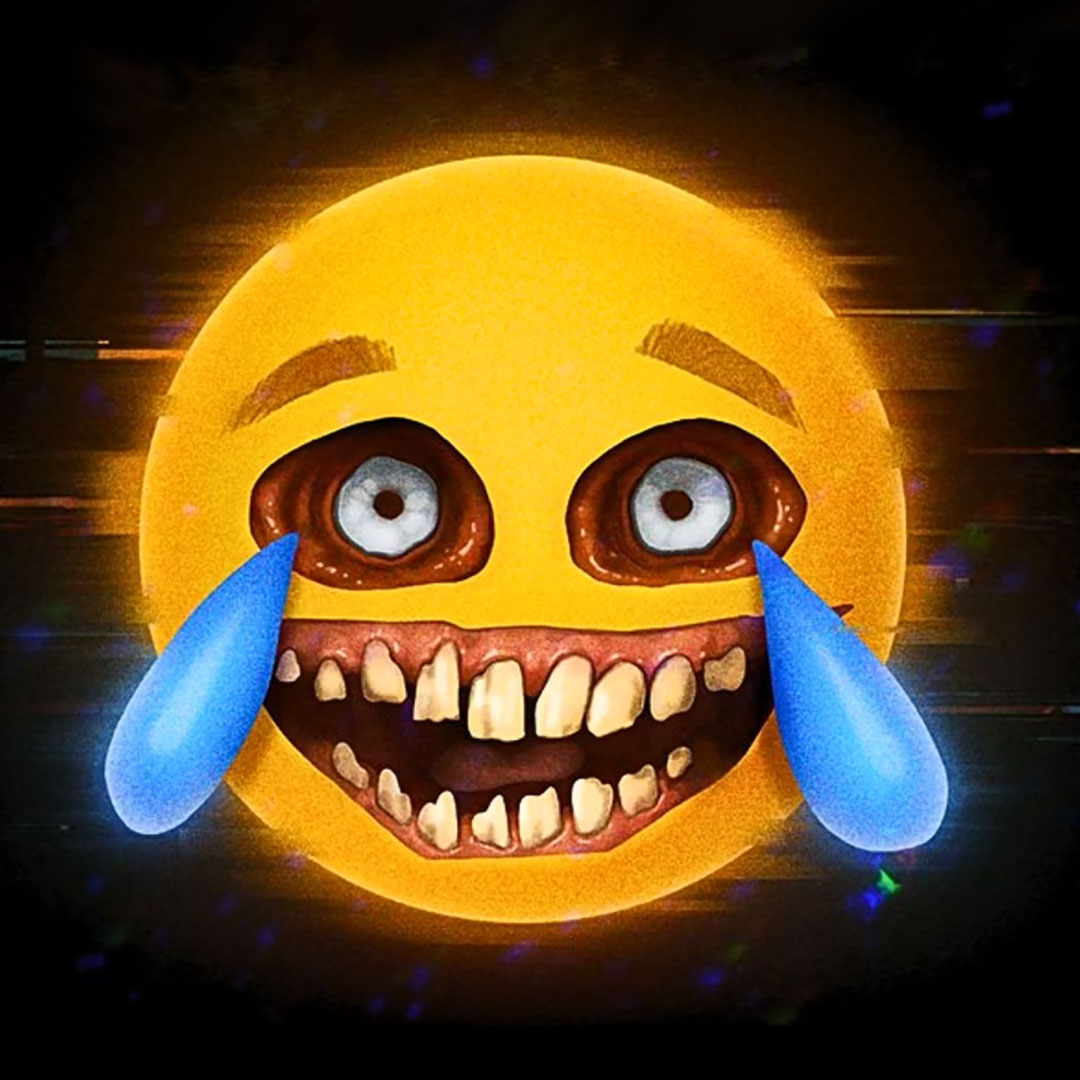
Everything was imbued with a silly sense of humor, which made it not only fun to play, but to share as well. Personally, I think this is what made R.E.P.O. so successful. You didn’t have to try to make a funny clip because the game was designed for it.
The majority of gamers in 2025 discover new games through social media such as TikTok and YouTube where others can authentically share their gameplay. Tapping into this as a fellow indie dev is crucial as traditional marketing “dies off”.
Key takeaway for indies:
Design your game to be shared! After all, a game works best when it is designed to make players feel or think something, especially in a social experience. You might as well make something that takes your immediate attention and is worth sharing.
2. Clair Obscur: Expedition 33
Clair Obscur: Expedition 33 is a turn-based RPG set in a world where a so-called paintress curses everyone of a certain age each year; those whose age exceeds the number she paints, die. You play as the last expedition seeking to end this cycle.
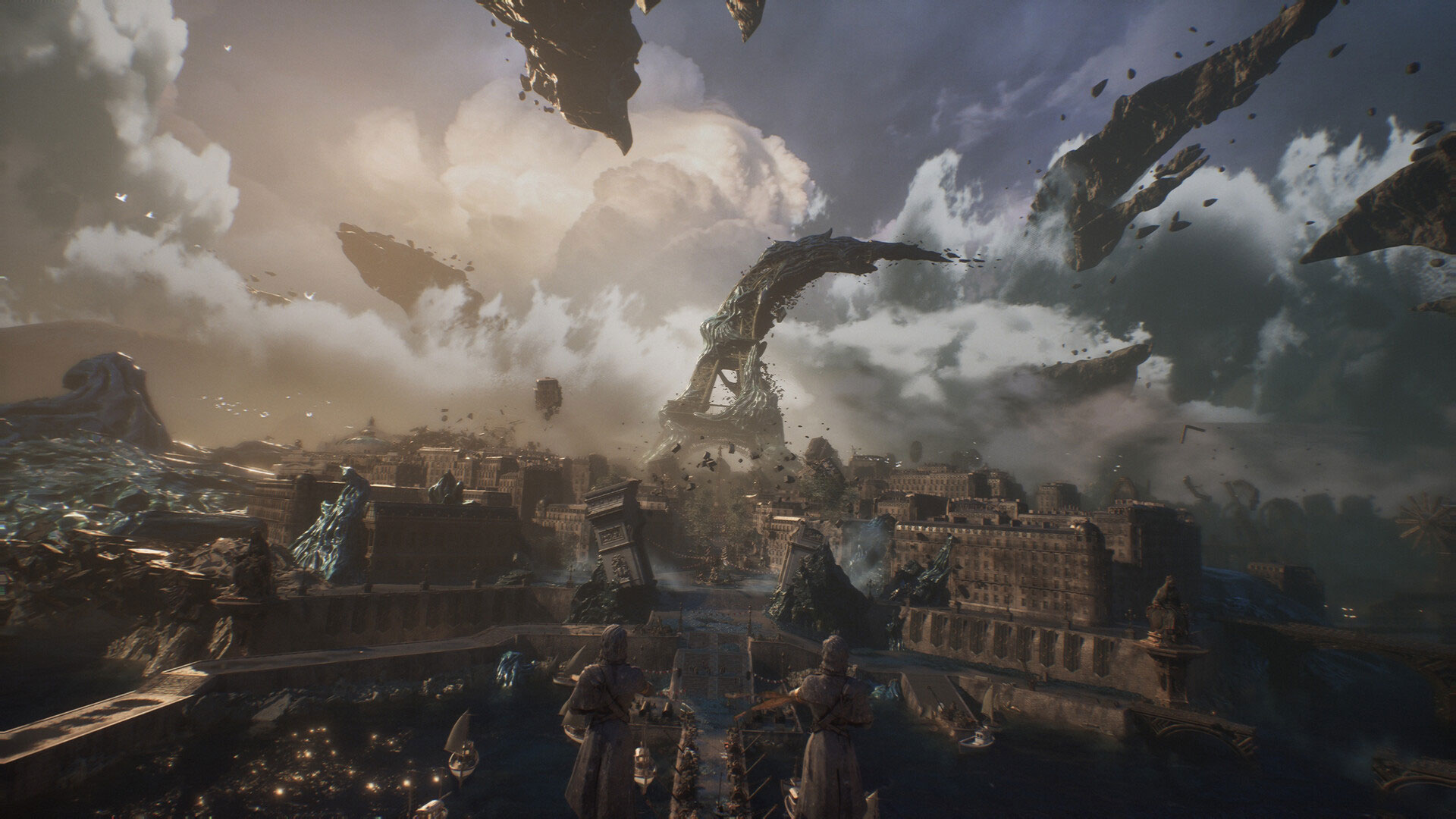
Why it's working:
Personally, Expedition 33 offers one of the best one-liners I’ve seen in a while:
“Everyone dies at 33.”
That sentence alone paints a world, sets a mood, and hints at gameplay stakes. Add to that the emotionally resonant themes of mortality, purpose, and legacy, and you have a game that feels important even before you pick up your controller (or keyboard?).
Its reveal trailer leaned less on combat mechanics and more on atmosphere and tone through slow camera pans, moody music, and a quiet sense of urgency. It made people feel what the game was about before they understood everything.
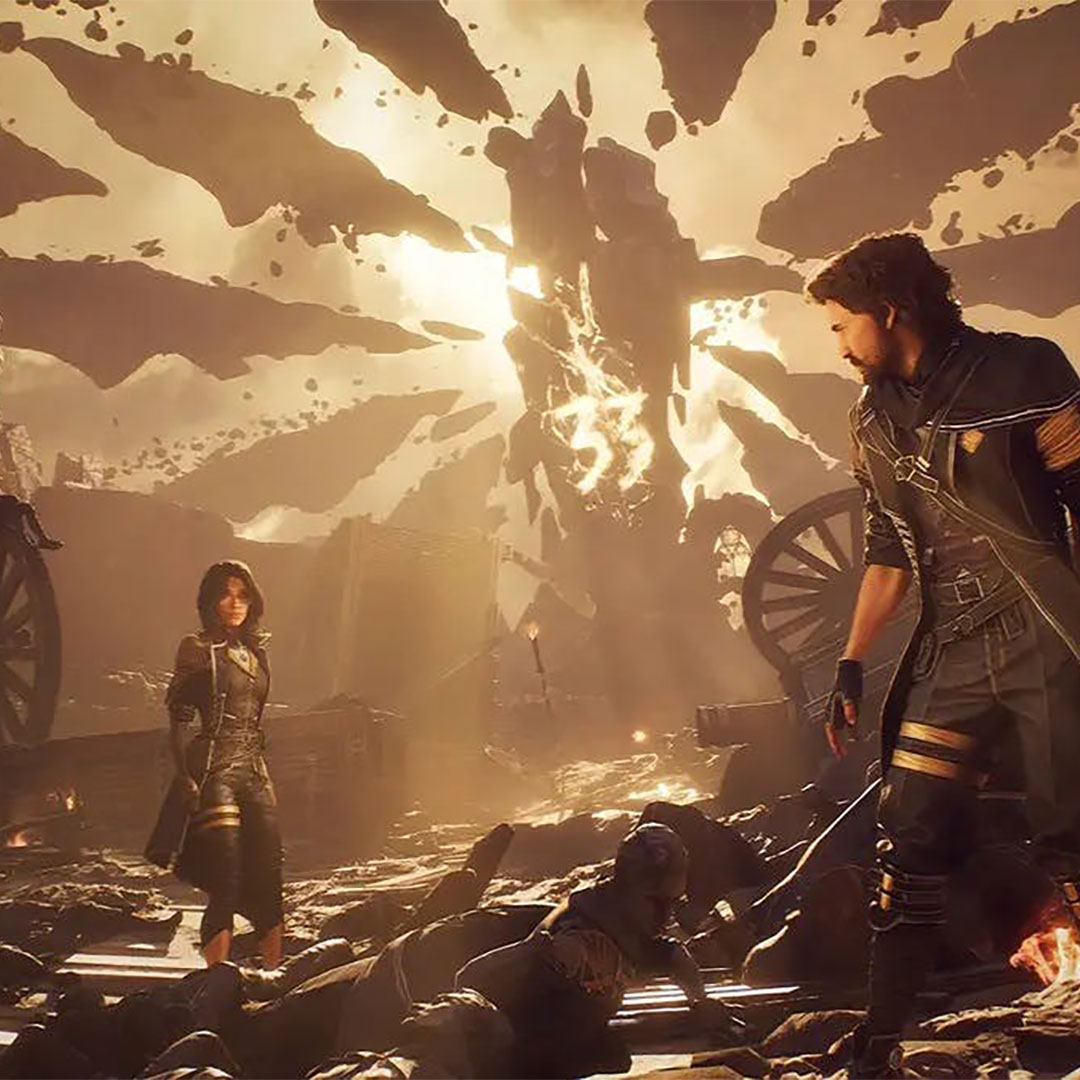
To back this up, the turn-based JRPG gameplay is not necessarily mainstream. It reminds me of Baldur’s Gate 3 as it’s also not a type of game that people generally play. However, these games know how to resonate with people and reel them in regardless.
If you’re an indie dev, chances are you’re developer-brained. You’re working hard to perfect gameplay, features, and systems to make the best possible game in that genre. But this way, chances are that you also overlook what people generally look for:
An emotional connection.
Without a strong emotional hook to make people connect with your game, their interest dissipates. In a market where thousands of games are published each year, it’s crucial that you go beyond the gameplay and show what makes your game special.
(Note: this can be an emotion that your gameplay evokes like R.E.P.O. does)
Key takeaway for indies:
Sometimes the best marketing isn’t flashy action-packed trailers. It’s just a single sentence that hits hard. If your game’s concept can be summarized in a way that sparks emotion or intrigue, you’ve already won half the battle!
3. Schedule 1
Schedule 1 is a management game where you play as a small-time drug dealer and build your own drug empire from the ground up. It’s all about control, simulation, and manipulation; and its minimal visuals serve keep attention on its ideas and anxieties.
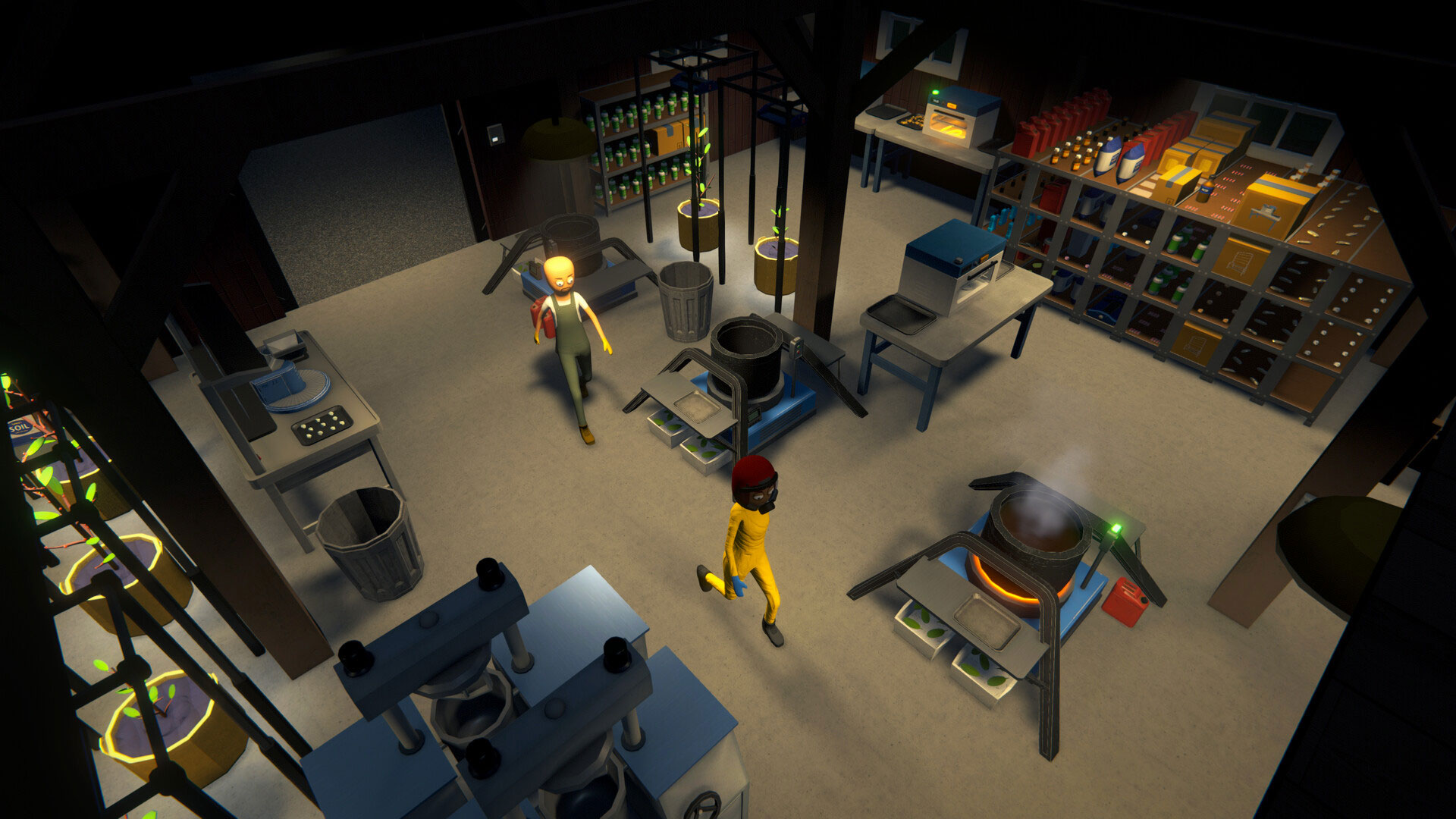
Why it's working:
Now y’all, in all honesty, this one took me a minute.
When I first saw the game, I really struggled to understand what the appeal was. I felt like I’d seen this type of game many times before and I couldn’t pinpoint what made this one so special. However, it went on to sell millions of copies so here we are…
I did some digging, I did some thinking, and in the end, I think Schedule 1 is just a combination of great game design and dumb luck. After all, management games have been around for eons and this one had no gimmick to set it apart.
Then again, like I mentioned with Expedition 33, gameplay isn’t what reels people in anymore (generally speaking). Schedule 1 has that silly appeal to it that R.E.P.O does and it seeps into the art style, the gameplay, and overarching concept.
As a result, combining this with great execution seems to be a recipe for success. I’ve seen people praise how it is really well made and simply feels satisfying to play. Additionally, it offers online multiplayer which seems to work well for these silly games.
Key takeaway for indies:
Sincerely, I estimate 10.000+ indie games to be published on Steam this year. Without a strong hook, you radically reduce your chances of cutting through the noise. I think Schedule 1 was just lucky, although it proves that a good game can still be enough.
To Summarize
While these games are radically different, these are some general takeaways:
- Know who it’s for and lean into that audience unapologetically
- Embrace your distinct identity, both visually and emotionally
- Design your game to be memorable and shareable
Granted, there are plenty of other factors that have played a part in the successes of these games, but I hope to have extracted the relevant ones for you. For example, Clair Obscur: Expedition 33 had a well-established publisher and launched on Xbox game pass.
Regardless, we’re taking notes! ONEiRA is being built with the same takeaways in mind. And thanks to games like R.E.P.O., Clair Obscur: Expedition 33, and Schedule 1, we’re more excited than ever to see where this new wave takes us!
